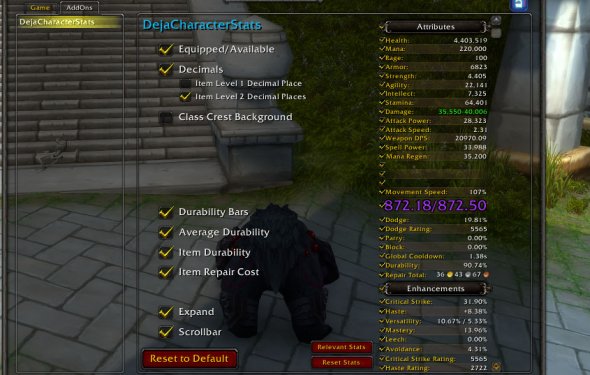

Real-time rendering is being able to produce an animation that is rendered so quickly that it looks like it’s being generated live. Unlike traditional character modeling for pre-rendered animations, we had to keep a close eye on how detailed we could make the dragon while also still being able to render it in real-time. With the concept complete, it was time to begin the modeling process. We wanted to have a forceful and awe-inspiring presence come to life over the skies of Beijing, and there is no monster in League more powerful, intimidating, and badass than the Elder Drake.

How do we get a dragon to fly into the stadium and land on the edge of Bird’s Nest?.The main challenges we knew we were going to face were: While television broadcast AR has evolved greatly over the past few years, we were still worried that it couldn’t handle the scope and fidelity needed for the dragon to feel real. We formed a team of some of our craziest technology innovators to try and answer the question of, “Can we make a dragon?” But by 2017, AR tech had advanced to a level that we thought might just be up to the task.

But we also had this long-running joke for years: “Let’s just have a dragon perch on the stage.” We didn’t have a portal to Runeterra to import a real dragon (yet), and when that joke was born, the technology needed to make a dragon feel like it was actually flying into a real stadium at a high enough quality hadn’t quite been developed (or made affordable). Initial ideas for AR use during this year’s opening ceremony included Ryze shooting magic around the stadium and Ashe firing arrows out of the projection screen. AR isn’t new to sports broadcasting-forms of AR have been used in traditional sports and in other esports events such as Dota’s International (and even our own NA LCS, MSI, and Worlds)-but we wanted to try creating something at a scale beyond anything we’d attempted before. Augmented reality, or AR, is created by having a real-life camera control a virtual camera within a render engine, simultaneously merging the two images to give the appearance of the unreal made real. We brainstormed a couple of ideas and eventually landed on using augmented reality, the art of inserting graphics into the real-world environment, as our weapon of choice. But we still felt like it was missing something special-a twist to reflect the size and scale of Beijing’s iconic Bird’s Nest stadium. Starting in February of 2017, we slowly pieced together this year’s opening ceremony featuring an authentic Chinese Erhu player, Peking opera masks modeled as LoL champions, an appearance by superstar Jay Chou, and a live performance of “Legends Never Die” by Against the Current. With Worlds in China this year, the inclusion of Chinese culture was important. One of our highest priorities when planning global events is paying tribute to the host nation. So when we started laying the groundwork for this year’s Finals opening ceremony, we assembled a team to do something we’ve all, in our nerdiest moments, wished we could do: Summon a dragon. We’ve always aspired to bring memorable and exciting events to Worlds each year, but in 2017 we wanted to see if we could really raise the bar.


 0 kommentar(er)
0 kommentar(er)
